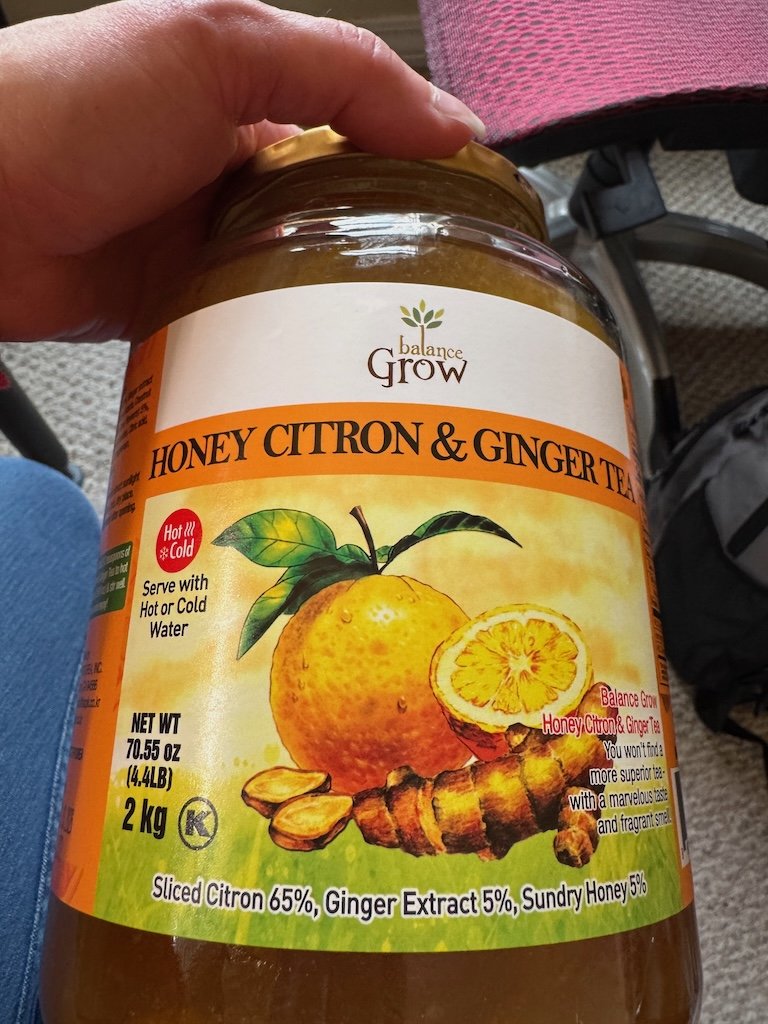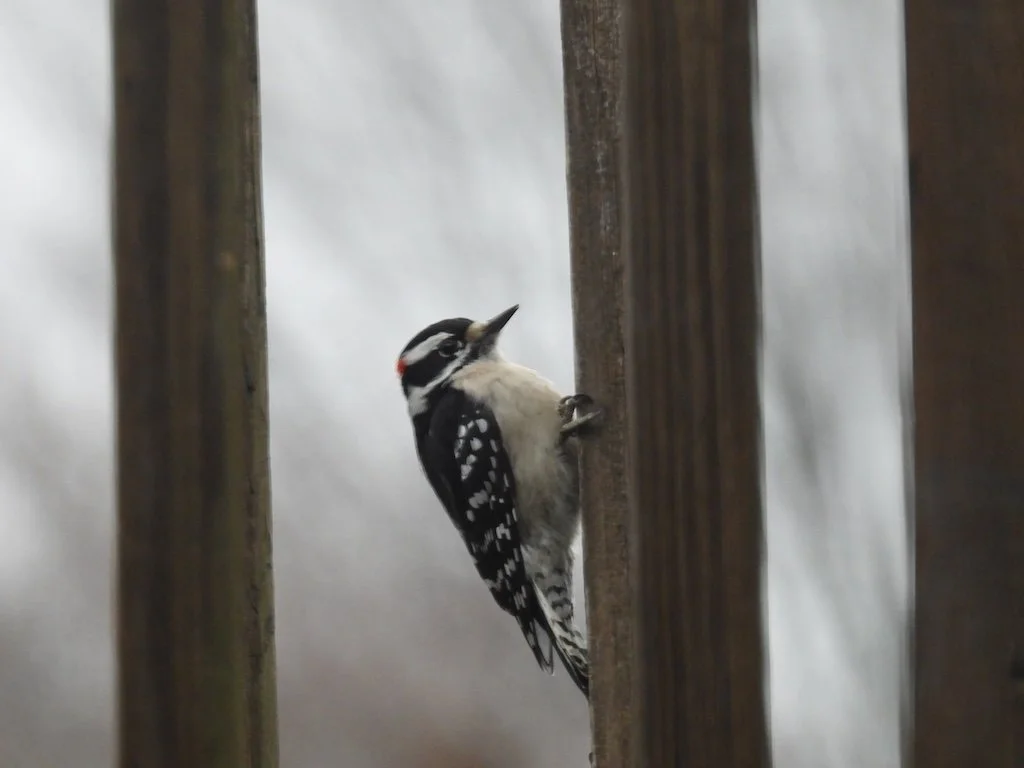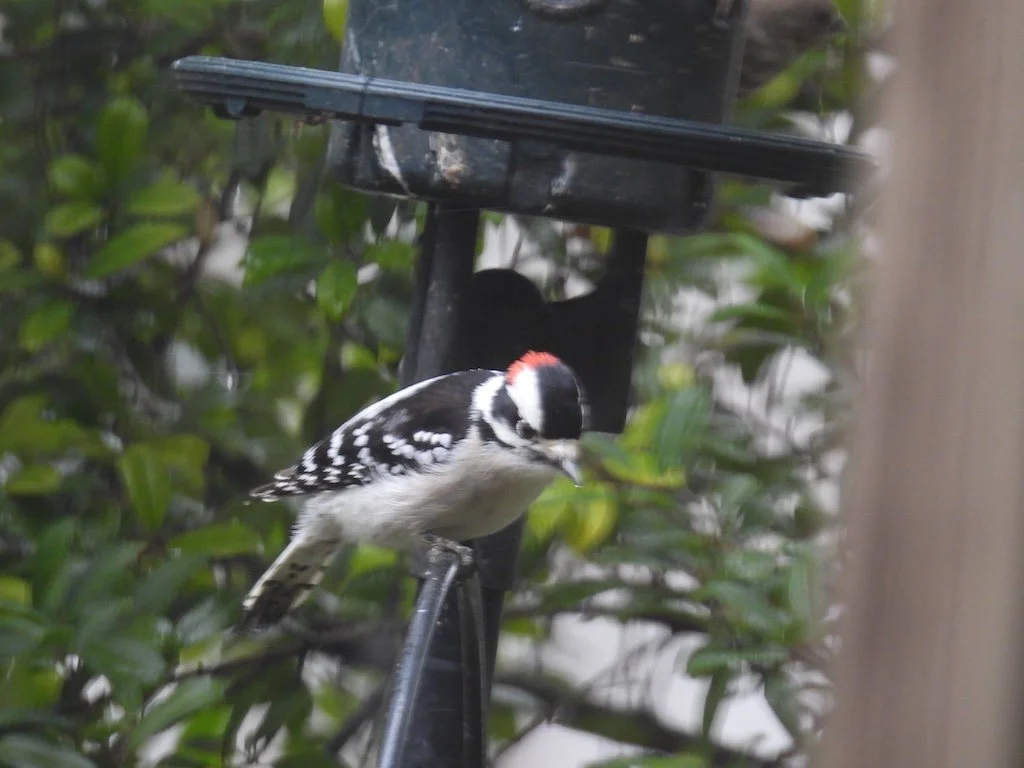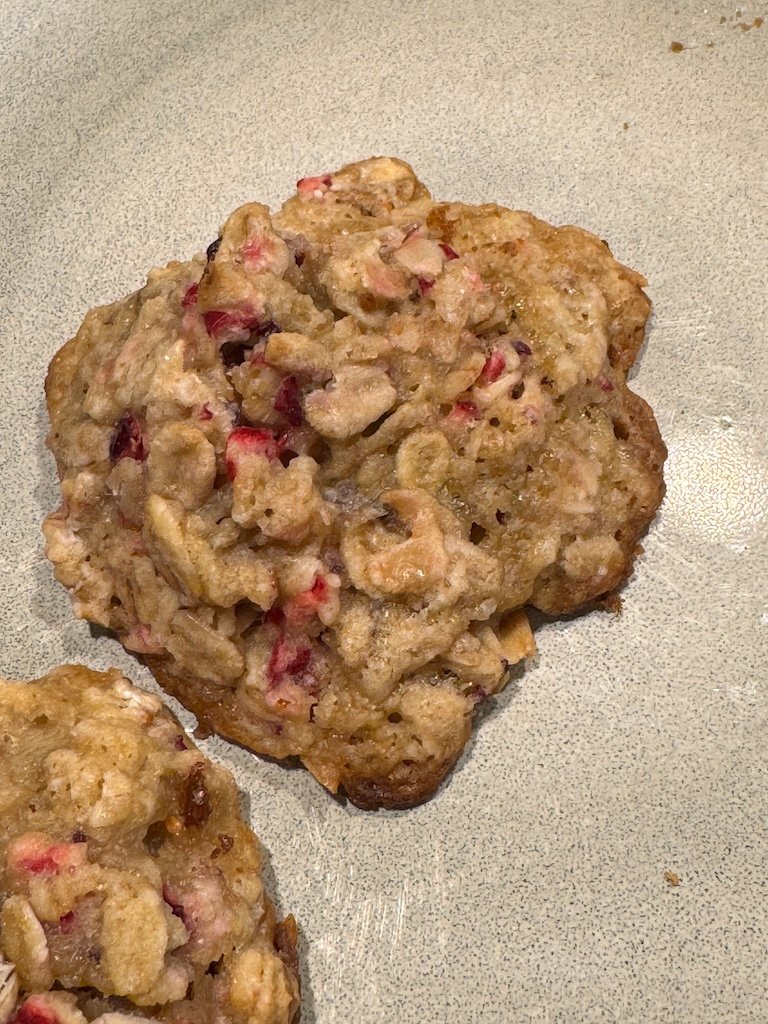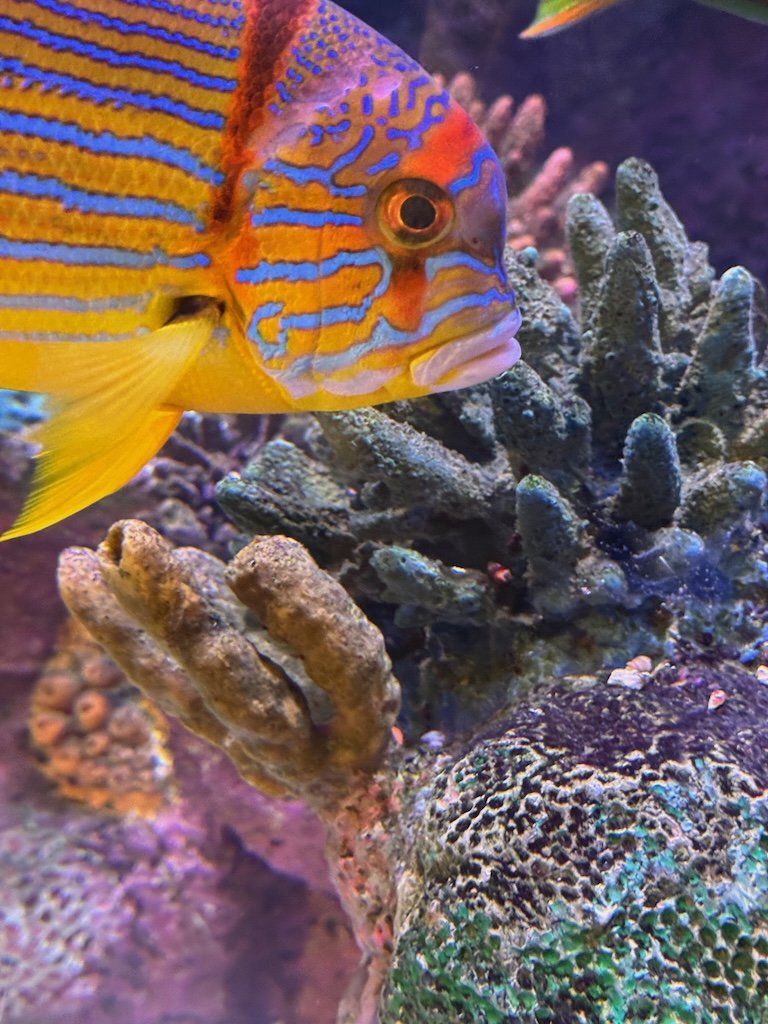PT on my Own – month 2
/I am in my second month of continuing my physical therapy exercises without the rigor of twice weekly appointments. I’ve become somewhat inconsistent – and am determined to get back to a better routine. My biggest challenge seems to be the aspects of my everyday life that have me sitting for too long: road trips, in front of my computer, meetings and classes. Toward the end of the day, I realize I haven’t done enough of the exercises to improve…and maybe not even enough to maintain. And then I have a round of aches at night…poor sleep…a bad cycle begins.
I have been more consistent in getting at least 8,000 steps per day and that is helpful but does not work on all the muscles that need to be stretched and improved.
I’ve started a seated twist exercise that seem to be helping relieve lower back pain very quickly. It is easy to do when I am out and about.
I bought some slats for under the mattress of the twin bed I use for back exercises…to make it firmer. Now I need to open the box and get them in place!
It helps that the weather is warmer, and I hope in the next month to be outdoors more frequently doing yard work which will test how well the physical therapy exercises are keeping my lower back pain at bay.


























































